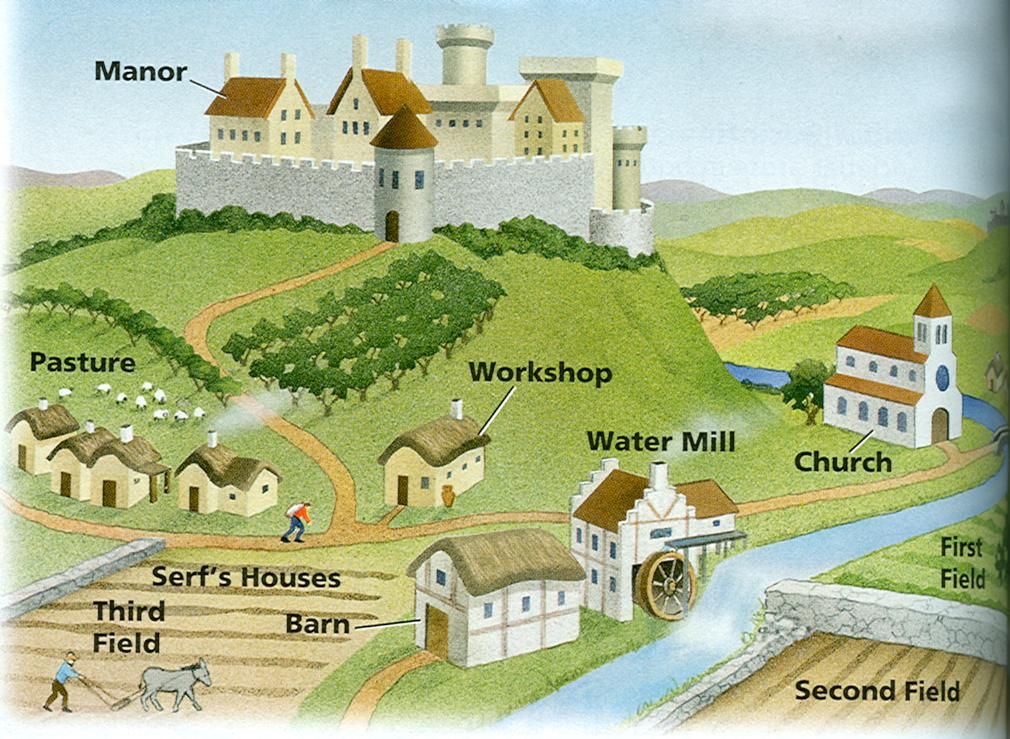Schwan, Leanne
Page Navigation
- Home
-
Global 10
- 10.1 The World in 1750 C.E.
- 10.2 Enlightenment, Revolution, and Nationalism
- 10.3 Causes and Effects of the Industrial Revolution
- 10.4 Imperialism
- 10.5 Unresolved Global Conflict (1914-1945)
- 10.6 Unresolved Global Conflict (1945-1991)
- 10.7 Decolonization and Nationalism
- 10.8 Tensions Between Cultural Traditions and Modernization
- 10.9 Tensions Between Cultural Traditions and Modernization
- 10.10 Human Rights Violations
- 9.1/10.0 Historical Thinking
-
Global 9
- 9.1/10.0 Historical Thinking
- 9.2 - The First Civilizations
- 9.3 Classical Civilizations
- 9.4 Political Powers and Achievements
- 9.5 Social and Cultural Growth and Conflict
- 9.6: Ottoman and Ming Pre-1600
- 9.7: Transformation of Western Europe and Russia
- 9.8: Africa and the Americas Pre-1600
- 9.9: Interactions and Disruptions
- Global Resources
- Global Review
- HMH TEXTBOOK PDF
- SUB PLANS
- CL Foundations in Education - IONA
9.4 Political Powers and Achievements

-
ESSENTIAL QUESTION
How did post classical gain, consolidate, maintain and lose their power?
-
POLITICAL POWERS AND ACHIEVEMENTS: New power arrangements emerged across Eurasia. Political states and empires employed a variety of techniques for expanding and maintaining control. Periods of relative stability allowed for significant cultural, technological, and scientific innovations.
(Standards: 2, 3, 4, 5; Themes: ID, MOV, GOV, TECH)

Chapter Review
Videos
-

The Silk Road Connecting the ancient world through trade
The Silk Road Connecting the ancient world through trade Shannon Harris Castelo.mp4 33.24 MB (Last Modified on March 15, 2020) -

Introduction to Islam
Introduction to Islam _ Belief _ Oprah Winfrey Network.mp4 32.44 MB (Last Modified on March 15, 2020)







